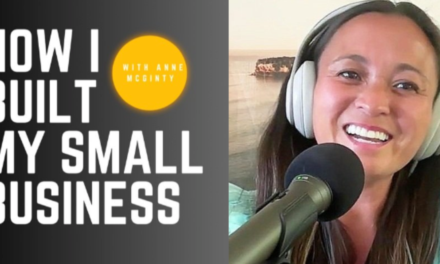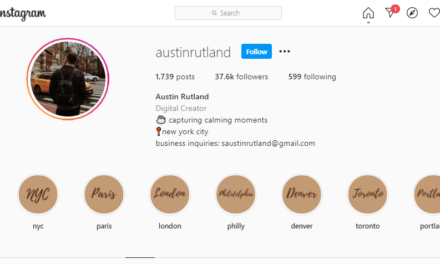You think you know why.
You may be right, but should you take the chance?
“When done well, surveys provide hard numbers on people’s opinions and behaviors that can be used to make important decisions,” writes online survey provider Survey Monkey.
Survey results can help you learn not only more about your audience but they can help your audience learn more about themselves, their peers, and the topic of your content tilt.
We do an annual survey about content creators (if you haven’t taken it yet, we’d love to include your input). Based on what we’ve learned from it and years in the business, here are five things you can do with surveys:
1. Assess your market: In the early days, you don’t have a built-in audience to survey. But asking questions of people who could be interested in your content products is a must. It can help you understand the level of interest in what you’re creating.
Publish and promote a short survey for your content business (five or fewer questions) to find out what you want to know the most. Do you want to know the topics they want to consume? Should you learn about the content formats they prefer? Or maybe you want to assess the level of interest in your tilt? Perhaps, you want to know if they already have go-to content sources for your topic.
Go to where your audience is and share the link. Ask peers with similar audiences if they will share the survey link on their social or other channels.
2. Evaluate THE market: The Tilt uses this approach with our annual research. Now in its third year, the Content Entrepreneur Benchmark Research is a professionally created survey to understand the wider market (not just The Tilt readers). These surveys are usually lengthier and cover multiple categories.
You can use the results of market-wide surveys as a public relations tool. Reach out to the media who cover your industry to share the results – and don’t forget your fellow content entrepreneurs since they’re in the media business too. (It helps to focus your outreach on one or two key takeaways rather than all the findings.)
3. Test on platforms: Social media and some newsletter formats are ripe for easy, non-scientific surveys. You can ask visitors to vote on topics, visuals, etc., using the poll feature available on most social platforms. Some newsletter templates include an option to post an emoji or star rating at the end of the newsletter (or after each entry).
While most of the audience probably won’t take the survey, it may give a glimpse into what your most interested/dedicated readers think.
4. Conclude with a survey: Online courses, e-books, webinars, and other content products require an investment of your audience’s time. At their conclusion, serve up a survey. Ask questions to elicit their feedback about the product they just consumed and what they see as their next need/step for which you can create content.
5. Ask as they depart: While the unsubscribe process should be easy, you can add an optional step. Include a one-question survey with a list of reasons for the unsubscribe. (Don’t forget to include “other” with a fill-in blank as an option.) As you review the collective results, you may see a pattern or trend for your unsubscribes, such as frequency or topics, that can be addressed to thwart future unsubscribes.
Resources:
Survey Monkey’s Survey 101 Series
About the author
Ann regularly combines words and strategy for B2B, B2C, and nonprofits, continuing to live up to her high school nickname, Editor Ann. An IABC Communicator of the Year and founder of G Force Communication, Ann coaches and trains professionals in all things content. Connect with her on LinkedIn and Twitter.










